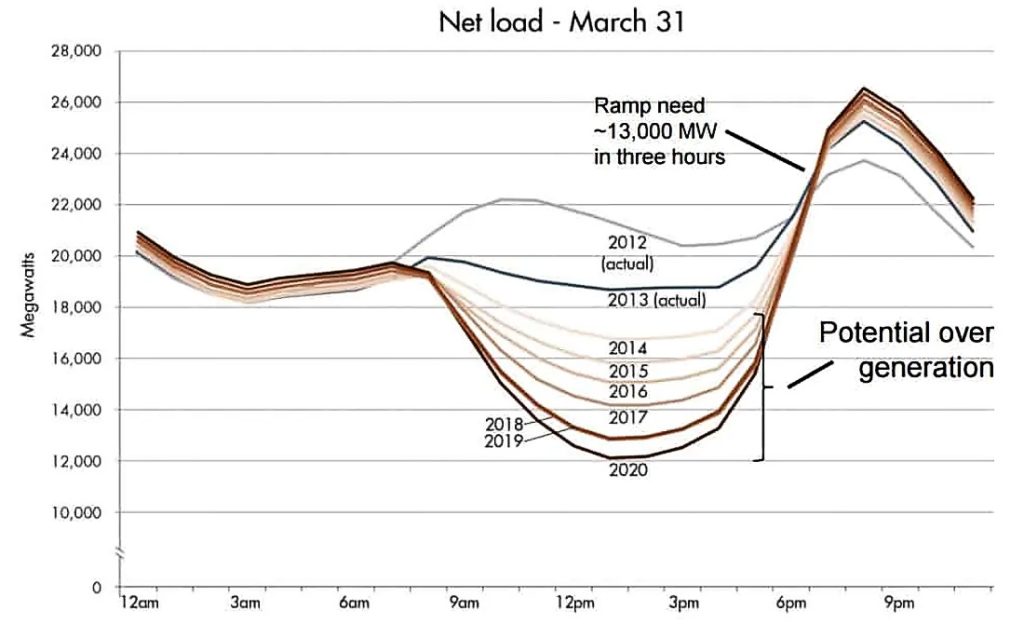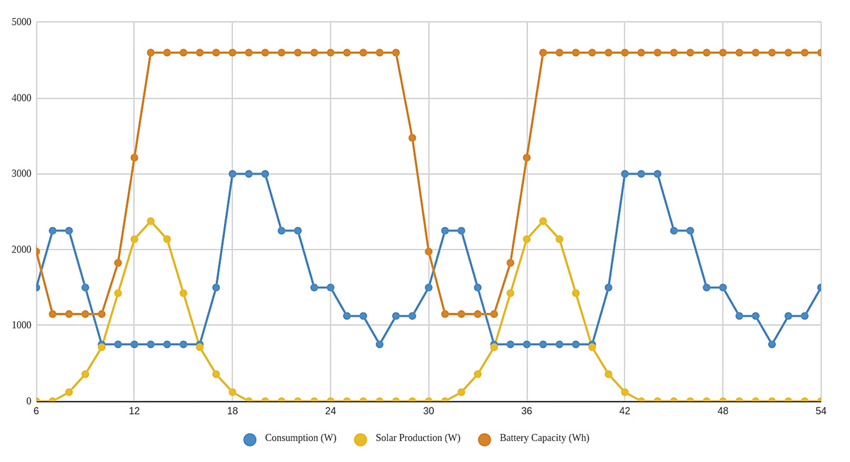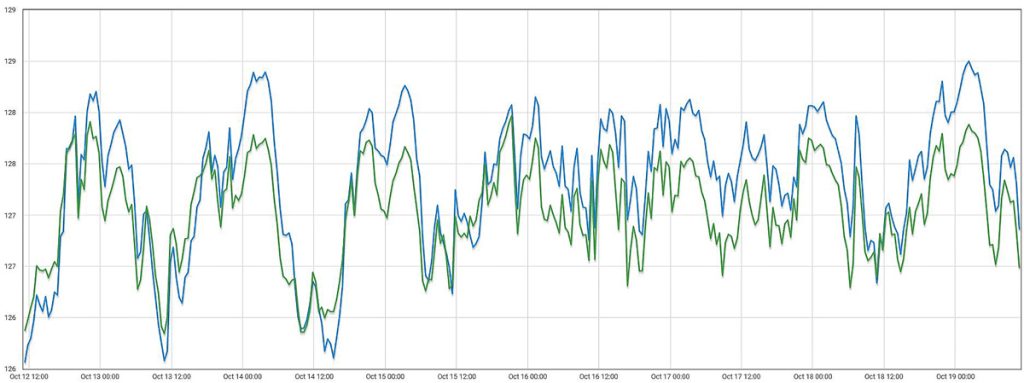A new class of Distribution Automation (DA) gateways, based on a powerful edge computing platform, using Private LTE communications
Is empowering the performance and resilience of today’s modern electric utility grid

The new CBRS band with its 150MHz of spectrum has opened tremendous opportunities for the design and deployment of Intelligent Distribution Automation (DA) gateways. Gateway devices use powerful edge computing capabilities that allow the grid to sense and respond in real-time to localized changes and may also leverage low latency CBRS and Private LTE communications to report the local performance to private cloud analytics to optimize overall grid performance.
Sense and respond in real-time plus report local information to optimize grid performance
Modern utility grids leverage powerful computing capability and communications to improve reliability, resiliency, and stability. However, the computing capability and communications constitute the infrastructure while sense and respond software applications running at the edge of the network, are what make the grid intelligent.
Sense and respond software applications running at the edge leverage artificial intelligence to:
- Balance load generation and demand (Automated Demand Response)
- Manage distributed energy resources (DER)
- Provide power factor correction (Volt VAR Optimization)
- Improve reliability and stability (Fault Location, Isolation, and Service Restoration)
Grid Input Voltage
The advanced grid control software applications use sensor data and advanced analytics to create a comprehensive view of current and historic grid performance. The analytics then predict what is expected to happen in a given situation and make decisions based on a set of established business rules resulting in:
- Improved reliability and resilience through real-time grid control
- Shortening response times
- Automating disaster recovery
Predictive analytics and decision making must be made at the edge of the network
To create an accurate real-time view of grid performance, a large quantity of sensor data is gathered from grid management devices at the edge of the network, such as:
- Remote transmission switches
- Automatic re-closers
- Capacitor bank controllers
- Substation load information monitors
- Remote fault indicators
- Voltage regulators
However, bandwidth and capacity limitations in the FAN can limit the amount of sensor data that can be transferred to a central control location. Therefore, predictive analytics and decision-making must be made at the edge of the network. Specifically, the communication equipment directly connected to the grid management devices must have sufficient processing power and memory to host these grid control software applications.
A new class of telecommunications equipment is emerging for this purpose integrating communications, routing, security, and powerful computing capabilities into one device. In addition, it includes secure containers for end-user applications.

Control of distributed energy resources (DER)
One example of an edge computing application is the control of distributed energy resources (DER). The wide deployment of alternative energy generating equipment (primarily solar or wind) in private residences can create instability in the grid. This is a direct result of a lack of information the central generating station has about the performance of the DER. An edge computing application that encompasses advanced analytics and artificial intelligence can help to alleviate this problem commonly referred to as the “duck curve”.

Source: The original Duck Curve chart. Source: CAISO
The edge computing application can be programmed to:
- Predict energy consumption for the home based on environmental conditions and historical data
- Predict energy production based on the weather and historical trends
- Formulate an estimate of whether there will be too much or too little energy produced from this DER
- Maximize the use of local energy storage if available
The estimate of local production and consumption is then reported to the grid’s central generation control. The predictions reported from all of the DER devices can then be used to create a higher-level estimate of the amount of power that will need to be generated for the upcoming day. Further, the information about energy storage capabilities at the edge of the grid can also be used to initiate peak shaving algorithms in the DER.

A new class of multi-function communications devices includes powerful edge computing capabilities that significantly enhance grid efficiency and resilience

These devices integrate routing, security, protocol translations, along with ample memory and computing power. Utilities can then deploy advanced edge computing applications, based on artificial intelligence and predictive analytics that significantly enhance grid efficiency and resilience. Multi-function communications devices can also be used to simplify the integration of distributed energy resources and home-based energy storage. Learn more about how the innovation behind the TELiG E1500 is recognized for making an “IMPACT” on the Utility Industry.
At the forefront of championing stability in the grid of tomorrow
COUNCIL ROCK is committed to helping Utilities increase efficiency, reach green initiatives, and achieve enhanced energy storage. How do we do this? Through our range of proprietary edge technology, including the TELiG E1500 industrial routers. Versatile, dynamic, and innovative, the TELiG platform is highly scalable. You can apply technology to any production problem. Our engineers build custom software to meet specific needs. Now utilities can count on one reliable device to handle all systems and processes. Contact our experts to learn more about why the TELiG E1500 Industrial Edge Device’s peak load shaving, microgrid communications, backup power monitoring, and control are key to responsible energy consumption.
About the Author: David Chauncy, VP Products
David is responsible for all aspects of the design, development, and delivery of COUNCIL ROCK’s products. He is a technology innovator, holds numerous patents around wireless technology, and is a Distinguished Engineer from the Rochester Institute of Technology. LinkedIn
Joint projects promoting and contributing to sustainable, environmental, and socioeconomic development
Through its clean technology division, InverSOL, COUNCIL ROCK has established numerous joint projects with various communities. Learn more about how inverSOL donated a Lumen system–powered by the TELiG E1500 Industrial Edge Device–to a women’s community in Culebra, Puerto Rico to transform the entire island into a solar-powered municipality.
